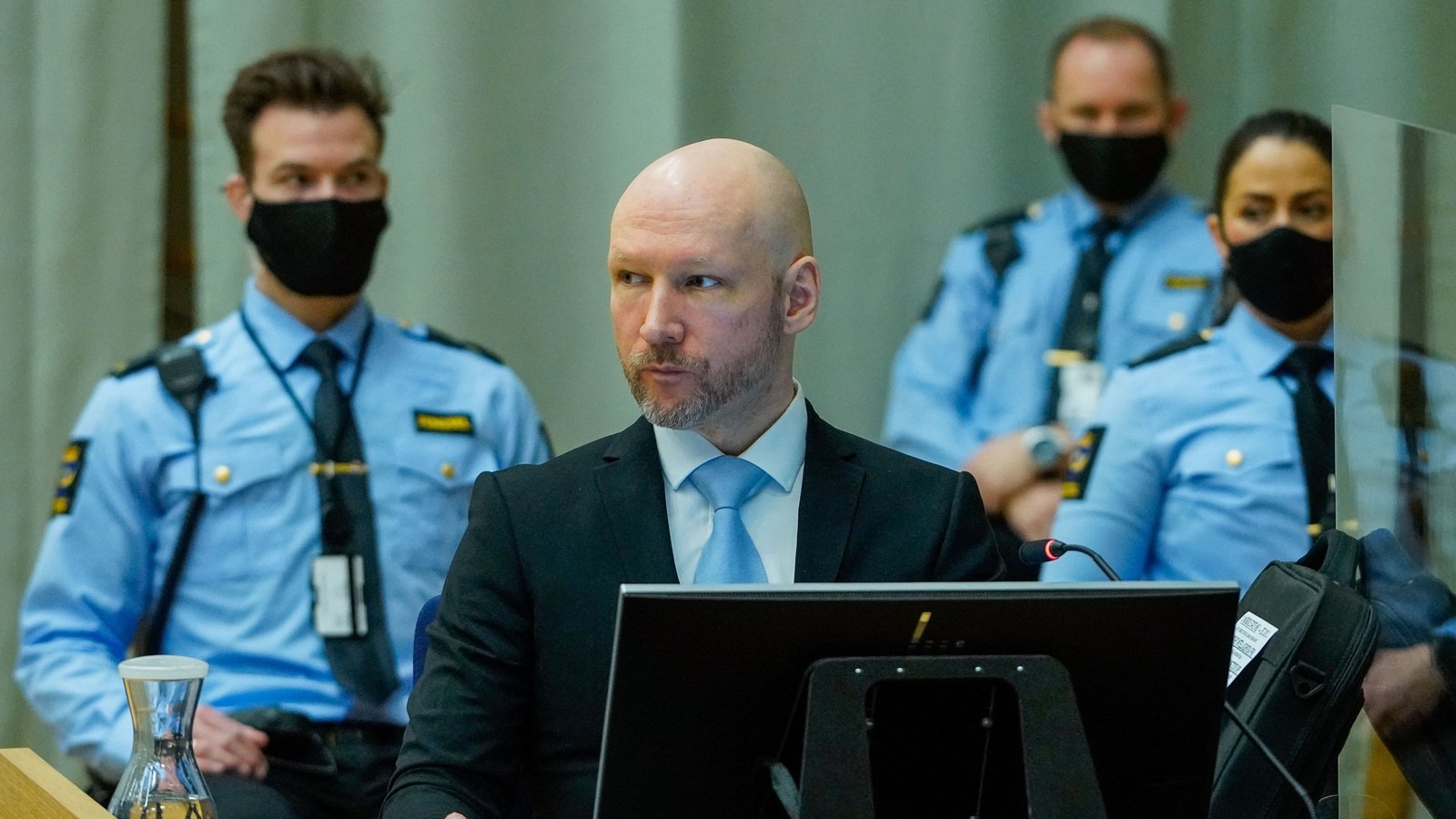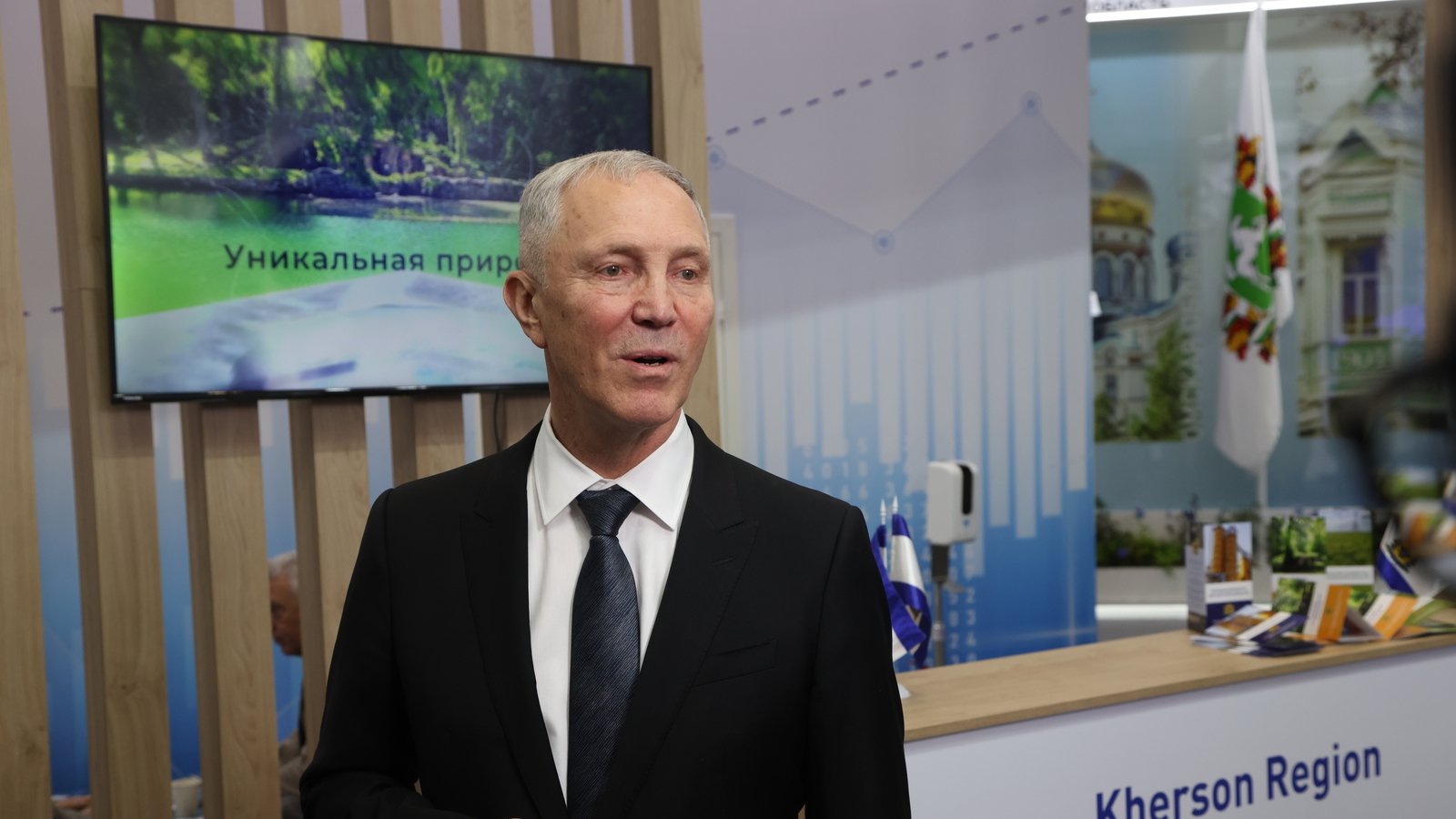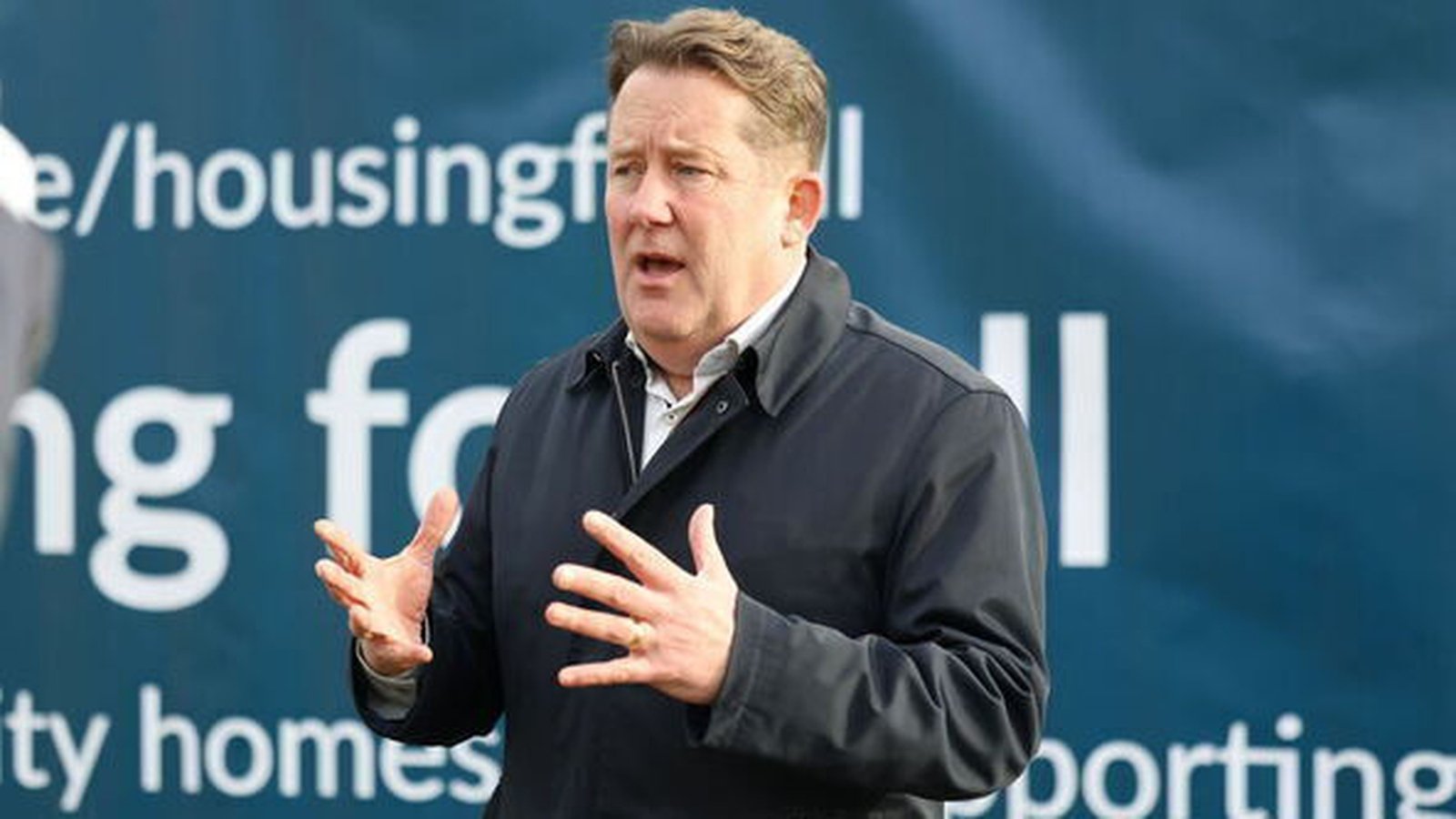The more things change, the more they stay the same
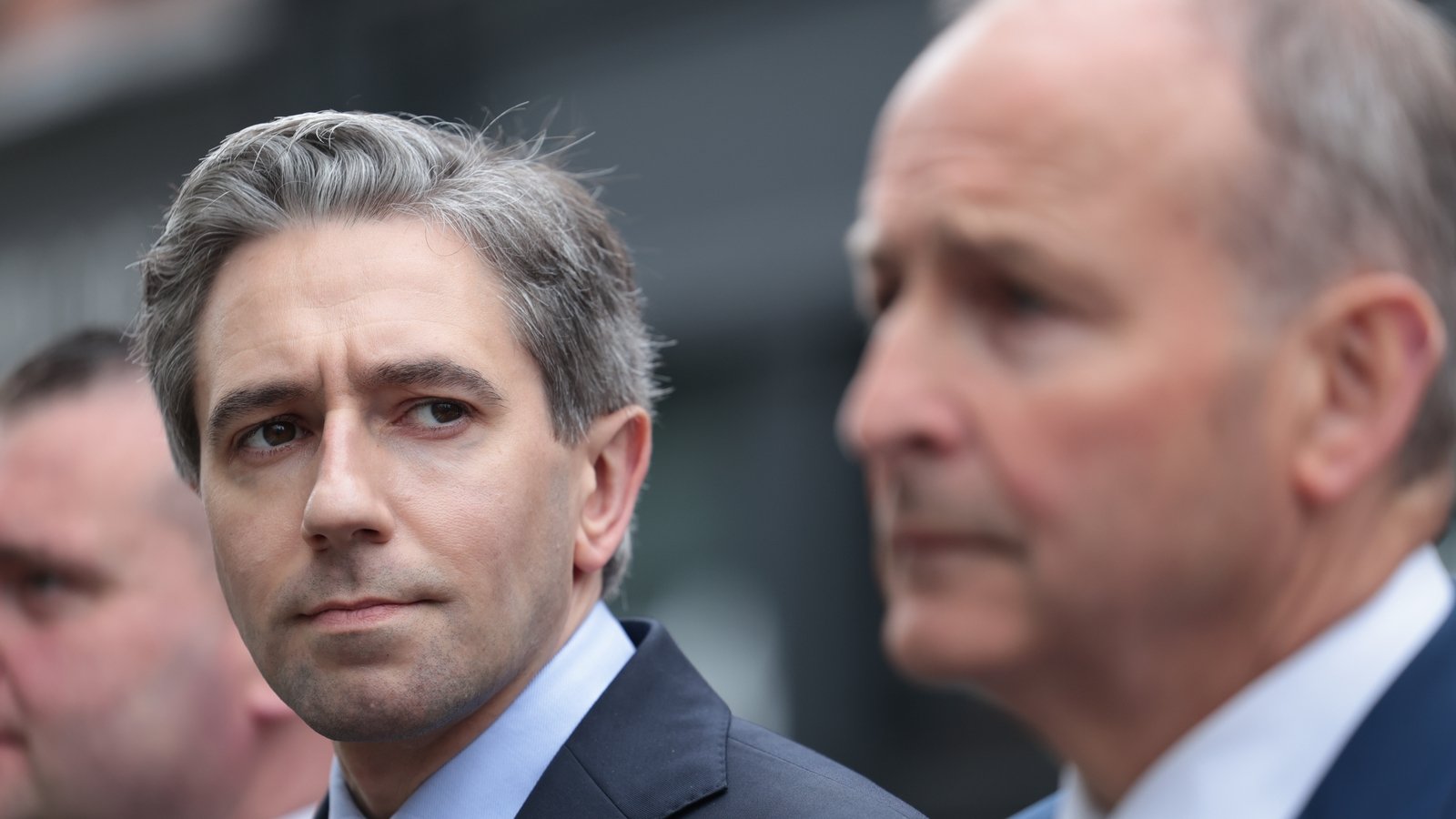
If change has been the overriding theme of Irish politics in the post-crash era, then these elections are on course to buck that trend.
As local council seats fill up around the country, and a clearer picture emerges of the vote share for each party, it’s a case of the more things change, the more they stay the same.
It’s been four-and-a-half years since the Irish voters had their electoral say in the general election of 2020, and nine months before that in the local elections of 2019.
Since then, there has been a global pandemic, two major conflicts and all the international and domestic upheaval that followed.
There has also been a coming together of the two traditional civil war parties in a coalition government, three changes of Taoiseach and double defeats in the referendums on family and care, which acted as a wakeup call to the political establishment.
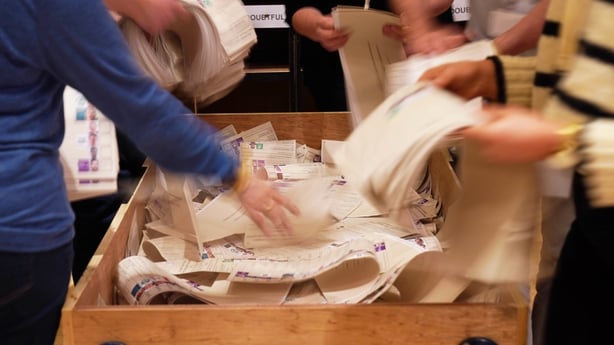
It’s understandable, so, that heading into these elections, the candidates, parties and the political system as a whole had no idea what to expect.
The consensus was that the electorate was harder than ever to read, the results were impossible to predict and would most likely spring a surprise.
But in the end the surprise was that there was no major surprise. Despite all the upheaval, the results look to be broadly in line with the local election results in 2019.
Fine Gael – who got 25% in the 2019 local elections and 20% in the 2020 general election – are at around 23% so far in these local elections.
Fianna Fáil who came in at 26% in the last local elections and 22% in the general election, are now showing at just below 23%.
Sinn Féin – who had a poor showing in the 2019 local elections with 9% of the vote – is on course to get around 12% this time around. That is far short of the 24% it secured in the 2020 general election and shorter still when compared to its opinion poll highs of last year. That is the only thing approaching something unexpected in this campaign.
The question those in Sinn Féin will be asking is whether its surge in the polls, and spike in the 2020 general election, was just a flash in the pan, a moment in time? Whether the large floating vote – that has been drifting since 2011 – has now deserted them and found a new home with the Independents? And if so, is the 12% mark more reflective of its natural support levels?
If that is the case, then Sinn Féin will be looking at who voted for it and where, and refocusing its policies and messaging to fit.
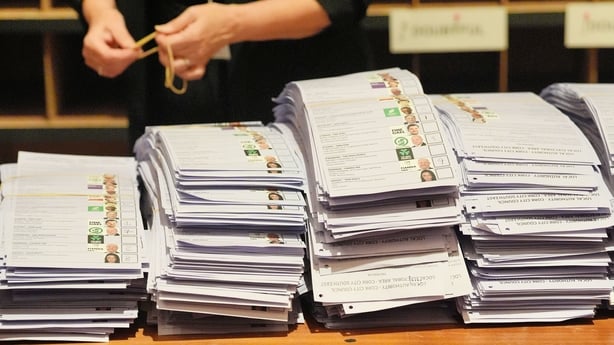
The problem as the party grew in popularity is that it was trying to please both its core, republican base on the one side and a more liberal, younger cohort on the other who saw it as the leading party of the left. It appears to have fallen between two stools which meant it was less sure footed on issues like migration, law and order and even housing.
Sinn Féin will also be looking at its candidate strategy. It’s now clear that it ran far too many candidates in a lot of constituencies. Its vote was shared out many ways meaning it is in battles for final seats where it could, with one candidate, have topped the poll. On the flip side, it ran too few candidates in the 2020 election, so this will be difficult to get right.
The Government parties have a better story to tell. That is that, despite all the upheaval of recent years and the rise of candidates with more extreme views, the political centre can hold.
For Fianna Fáil – who has long since claimed that it is more popular than opinion polls suggest – these results suggest there is “shy vote” that it can still rely on. Notwithstanding that it always polls stronger in local elections – where incumbency counts – the party can reasonably argue, as Micheál Martin did, that it is not “trailing third”.
The results also mean the leadership of Mr Martin has solidified. He is now widely expected to stay on to lead the party rather than head to Brussels for the EU Commissionership which might have been the case if this was a bad outing for his party.
For Fine Gael, they see these results as confirmation that the leadership change – replacing Leo Varadkar with Simon Harris – has paid off. The “new energy” promised by Harris was, they say, real and effective. He hit every county in the country during the campaign. Many in the party also argue that that policy changes on migration, announced in recent weeks, have instilled more confidence among the electorate that the coalition is beginning to get to grips with the issues.
But for the Government parties, attention is already turning to when the next election should be. That is where the political focus will be when the count centres empty in the coming days.
And when that election happens it will tell whether the winds of change will continue to blow through the political system or, instead, settle on a new, more predictable – but still vastly altered – political reality.

